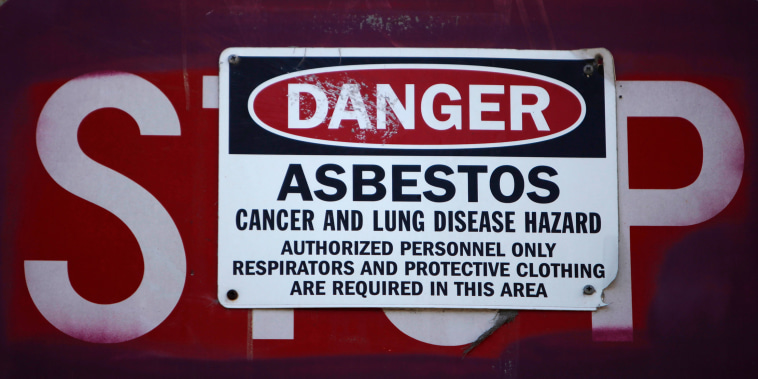Asbestos – A Deadly Carcinogen Still in Use Decades After a Partial Ban Was Enacted
Background on Asbestos
Asbestos, a naturally occurring mineral known for its heat resistance and durability, gained popularity in the construction industry during the 20th century. It was widely used in various applications, including insulation, roofing, flooring, and automotive parts. However, the health risks associated with asbestos exposure became evident over time.
Health Risks of Asbestos Exposure
Exposure to asbestos fibers can lead to serious health problems, including lung cancer, mesothelioma, and asbestosis. These diseases often have a long latency period, with symptoms typically manifesting years or even decades after initial exposure. Despite this well-documented link between asbestos and adverse health effects, the mineral continued to be used in some products due to its beneficial properties.
Partial Ban on Asbestos
In the 1970s and 1980s, recognizing the dangers posed by asbestos, the Environmental Protection Agency (EPA) took steps to regulate its use. A partial ban on asbestos was enacted in 1989, prohibiting the use of new asbestos-containing products. However, this ban did not cover existing products or materials, leaving a loophole for continued exposure to asbestos.
Continued Use of Asbestos
Despite the partial ban, asbestos has not been completely phased out in the United States. Many buildings and structures constructed before the ban still contain asbestos-containing materials. Additionally, certain products, such as imported goods or materials with low asbestos content, continue to be used legally.
Recent EPA Action
In a significant development, the EPA announced a total ban on asbestos in April 2021. This decision marks a crucial step towards protecting public health and reducing the risks associated with asbestos exposure. The ban prohibits the importation, processing, and distribution of asbestos and asbestos-containing products, closing the loophole that allowed for the continued use of asbestos in certain applications.
Implications of the Ban
The EPA’s ban on asbestos signifies a turning point in the battle against this deadly carcinogen. By taking a firm stance against the use of asbestos, the EPA aims to prevent future cases of asbestos-related diseases and protect workers and the general public from harm. The ban is expected to drive the development of alternative materials and technologies that can replace asbestos in various industries.
Looking Ahead
While the EPA’s ban on asbestos is a significant milestone, the legacy of asbestos exposure persists in countless buildings and products across the country. Asbestos abatement and removal efforts are ongoing, aiming to minimize exposure risks and protect individuals from the harmful effects of asbestos. It is essential for regulatory agencies, industry stakeholders, and the public to collaborate in ensuring the safe handling and disposal of asbestos-containing materials.
In conclusion, the ban on asbestos by the EPA is a critical step towards eliminating this hazardous substance from the marketplace and safeguarding public health. Continued vigilance and proactive measures are necessary to address the existing asbestos legacy and prevent future exposures, highlighting the importance of strong regulatory oversight and public awareness in managing toxic substances.


























